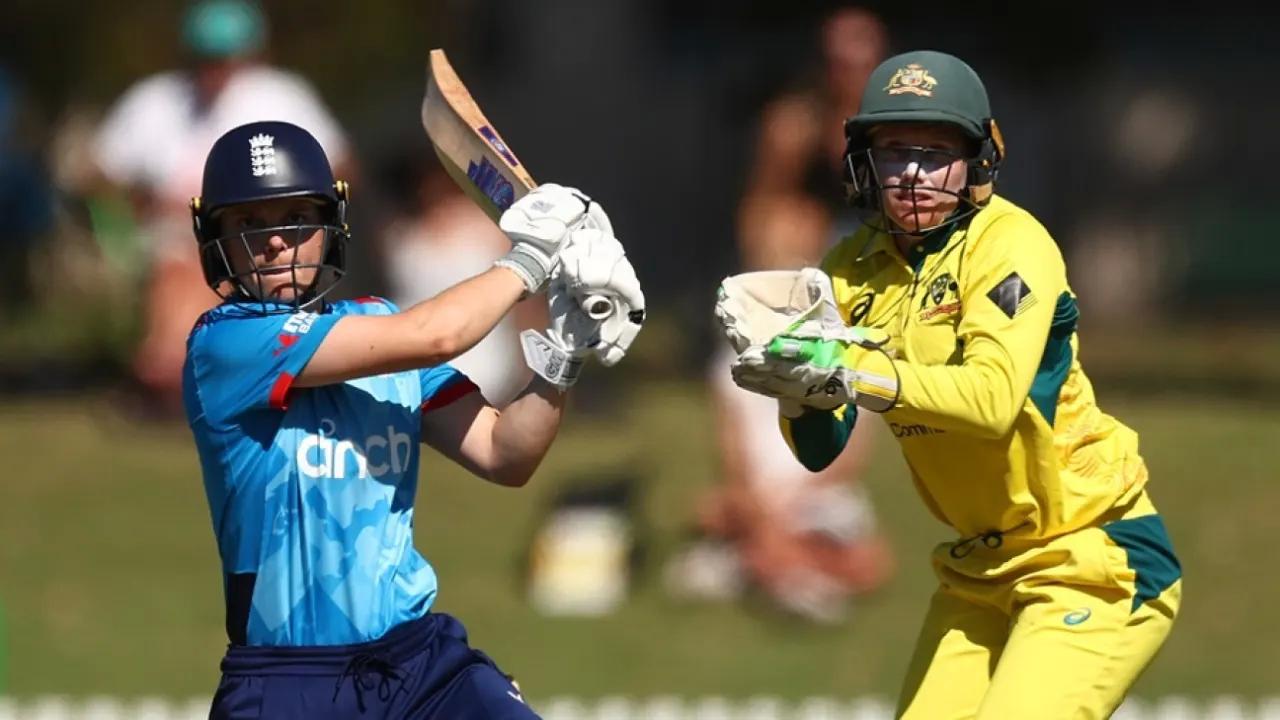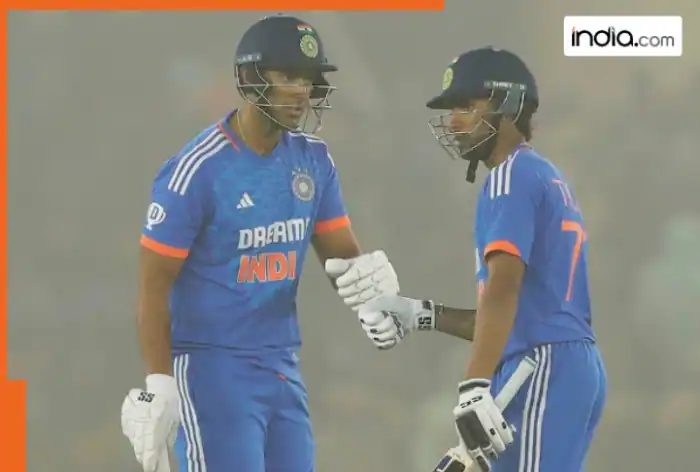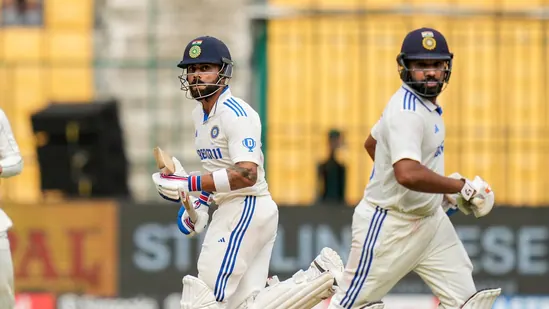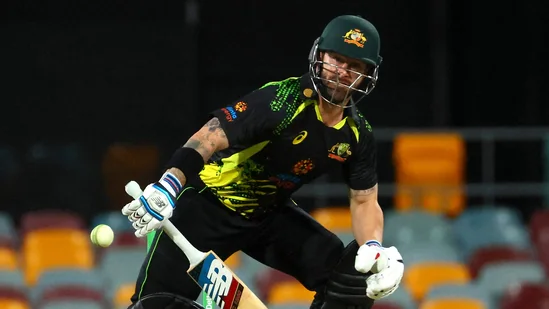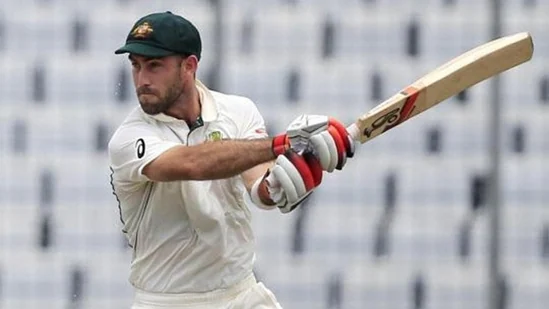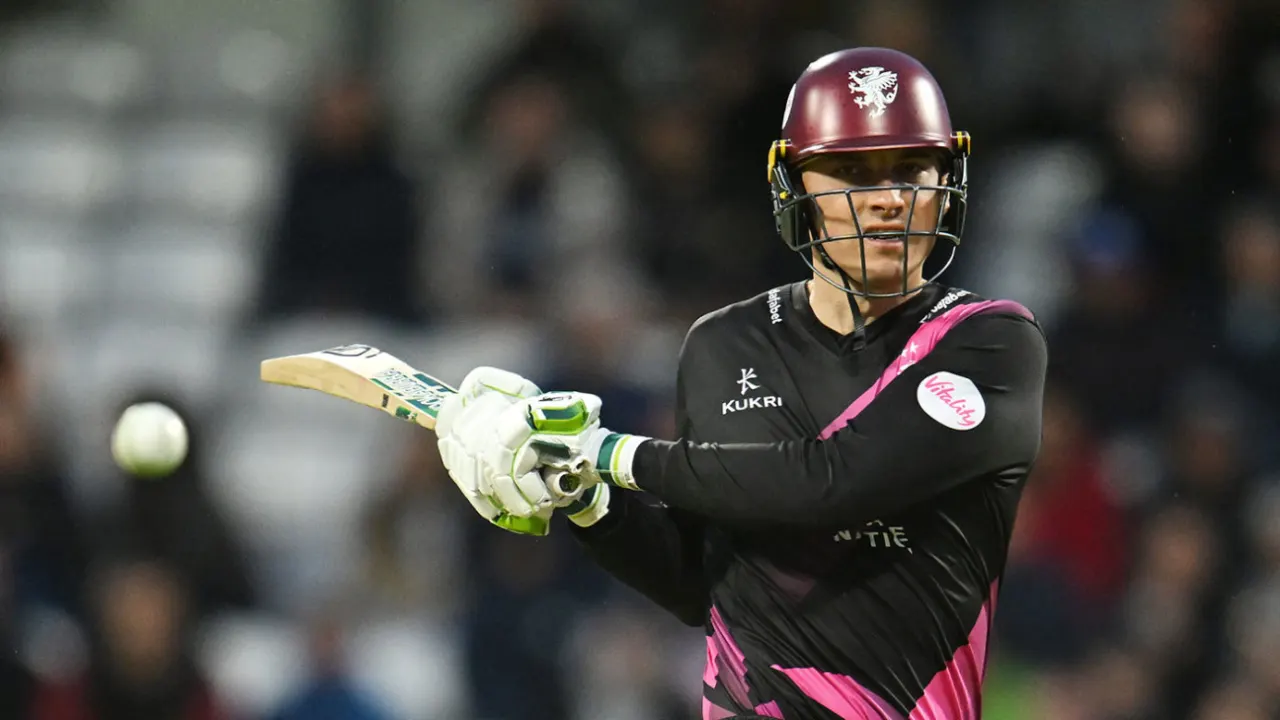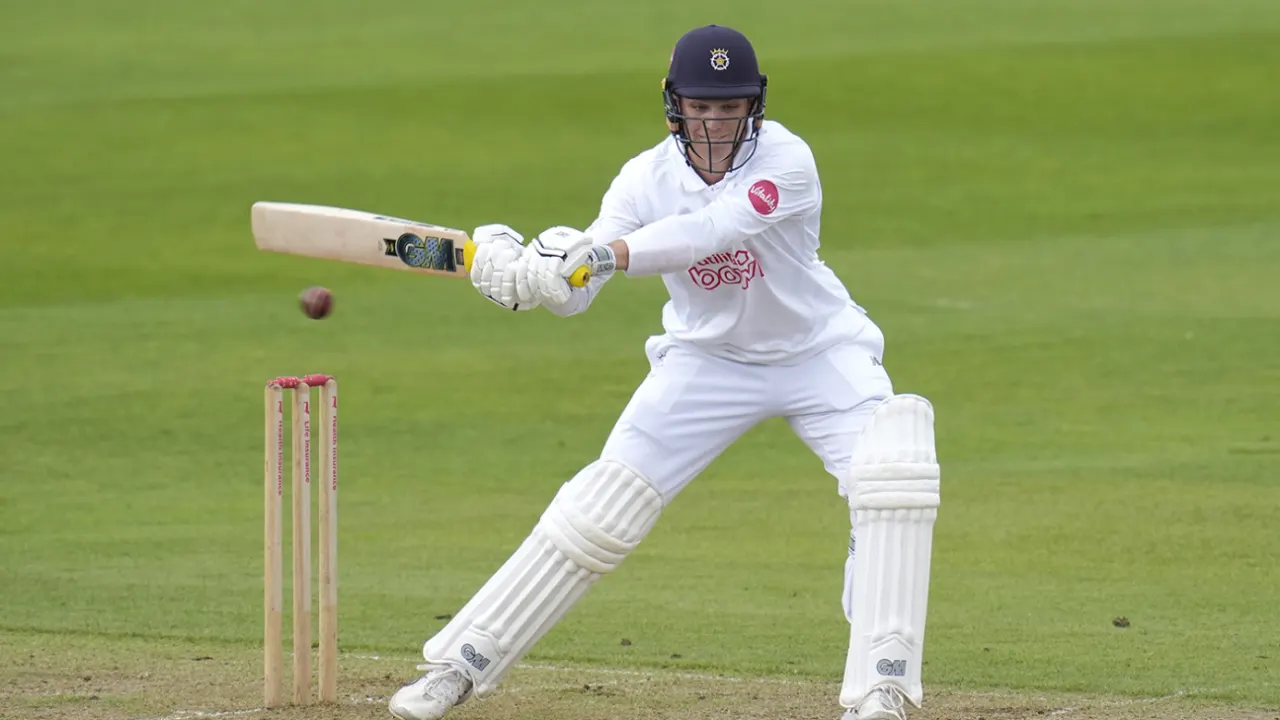Not Paying Attention: My Oversight of Rohit's Pitch
Bengaluru: Following a disappointing day for India, where they were bowled out for just 46 runs and found themselves trailing New Zealand by 134 runs, Indian captain Rohit Sharma bravely took responsibility and faced the media.
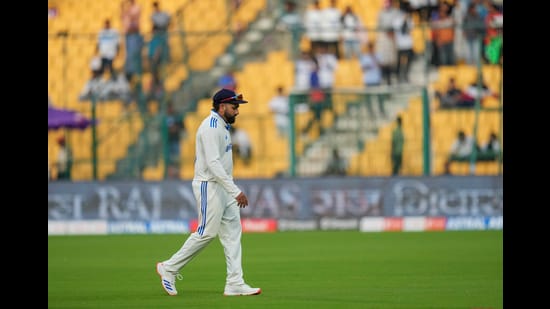
‘Chalao talvar’ (Go on the attack), he said, trying to make light of the situation.
“We felt there was not much grass on the pitch and whatever it has to do, it will do in the first two sessions. Then it will take turn. In India, after the first session, the wickets tend to settle down, then the spinners come in the game. We expected the pitch to be flatter,” he replied when asked about picking Kuldeep Yadav ahead of an extra pacer.
“Clearly, it was a misjudgment of the pitch. I didn’t read the pitch well enough which is why we sit in this situation today.”
The Indian skipper is not the first to have got a toss wrong and made to pay heavily. He won’t be the last.
Think of Ricky Ponting’s decision to bowl first in the Edgbaston Test match during the 2005 Ashes. England amassed 407/5 on day 1. Shane Warne called it ‘the worst decision by any captain ever’. Nasser Hussain still repents his call to invite Australia to bat in the 2002 Brisbane Test after which the Aussies scored 364/2 on Day to win comfortably. Think ODI cricket and Sourav Ganguly’s decision to bowl first at Johannesburg in the 2003 World Cup final where India ended up losing by 125 runs in pursuit of 360.
At the same time, there have been numerous instances when teams have justified the captain’s call by brave performances in adverse conditions with the bat and ball. In fact, data says, teams have gone on to win 32 percent of the time after the captain has lost the toss over 2553 Tests. In comparison, the match winning percent (37) after winning the toss isn’t that much higher.
Indian team’s batting strategy appeared to have been bordering towards aggression to counter New Zealand’s swing and seam. It did not pay off.
“You can say that we were in a hurry. We got out for 46,” said Rohit. “At the same time, on wickets where there is some movement, every batter has to make their game plan. We have played on such pitches many times before. Sometimes you can’t execute what you are trying to do. It was a bad day for us.”
India’s calls on the batting order also appeared to have been taken for the wrong reasons. The team wanted to protect Rishabh Pant and KL Rahul’s No 5 and 6 positions. After losing Shubman Gill to neck injury, not exposing the inexperienced Sarfaraz against the moving ball, keeping Virat Kohli to hold his position and promoting KL Rahul – better suited to face the new ball – seem to have more cricketing merit.
“KL has found a place at No 6. So, we wanted him to bat there. The experienced players have to take the extra responsibility. This time it was Virat. We asked him if he can bat at 3. It’s a good sign that players are coming up and owning up the challenge,” the captain said.
“We didn’t respond well to the challenge which is why we were bowled out for 46 runs. It hurts to see that number as captain, but in 365 days, you make 2-3 bad calls, I guess,” he sighed.
Stay informed with the...RELATED STORIES
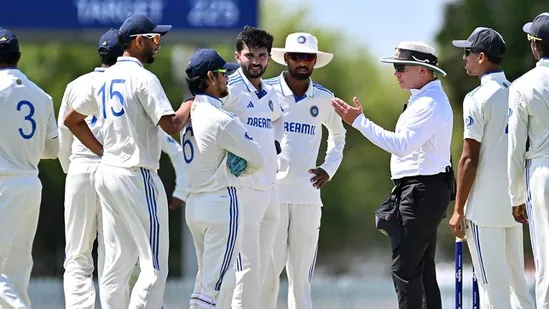



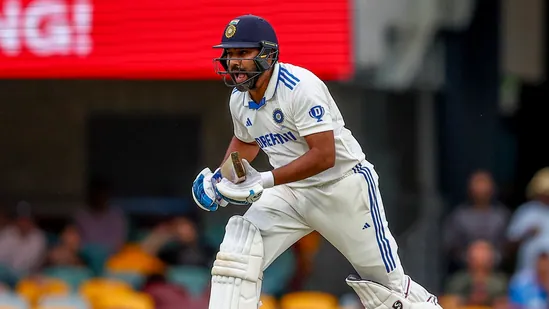

LATEST NEWS
